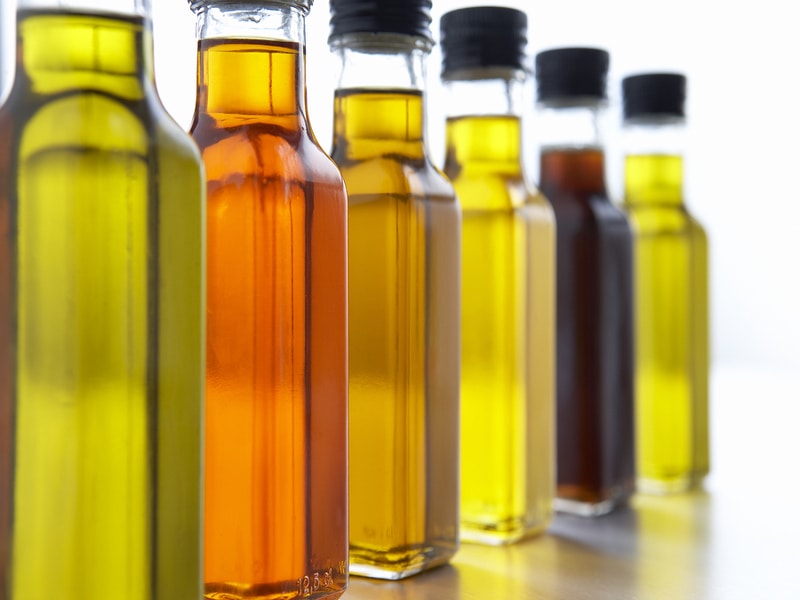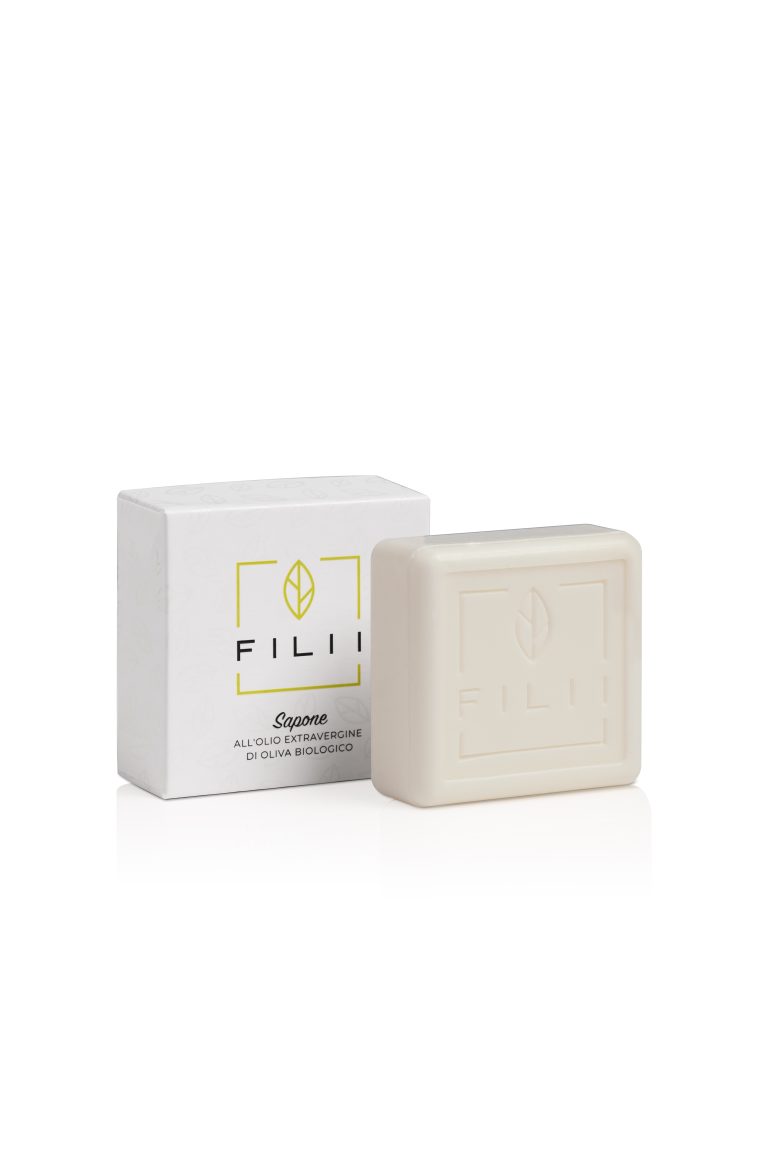
The Color of Olive Oil
- Post author:Guest-admin
- Post published:November 11, 2024
- Post category:Approfondimenti EN
- Post comments:0 Comments
With various shades ranging from deep green to golden yellow, the color of extra virgin olive oil captures and fascinates the consumer’s eye even before offering its generous aromas to the sense of smell.
But what determines the color of olive oil?
Primarily, it’s the olive variety which, with its more or less significant content of chlorophyll or carotenoid substances, colors the oil in shades leaning toward green or yellow. These pigments have an antioxidant effect, though chlorophyll is highly sensitive to light, which degrades it quickly.
If the oil were to oxidize or, even worse, become rancid, the color would take on a darker tone, generally orange.
The green color—usually associated with new oil—can be easily intensified and made brighter by adding olive leaves during the extraction process, which would, however, intensify the bitter taste in an unpleasant way.
Alternatively, during the processing stage, the temperature of the olive paste may rise excessively, improving the yield but compromising quality. The oil would likely take on a bright green color due to the higher concentration of chlorophyll in the extraction process.
Regardless of personal preferences, it should be noted that the color of olive oil is never an indicator of quality, to the point that the glass used for professional tasting is dark (it may be blue, amber, or even red) precisely to prevent visual inspection from influencing the overall assessment.
The technical sheet that tasters fill out during the Panel Test (a sensory analysis conducted by a group of expert technicians which, together with chemical-physical analysis, assigns the commercial category of extra virgin, virgin, or lampante to oil exclusively and mechanically extracted from olives) does not include a section for color description.
Instead, color serves as an indicator of typicity for protected designation of origin (PDO, PGI) extra virgin olive oils, meaning oils made from olive varieties typical of a region, with specific mention in the production guidelines approved by the Protection Consortium. In this case, the Panel Test technical sheet includes a section for visual evaluation of the oil observed through a clear glass.
Generally, consumers tend to attribute higher value to an oil with a bright green color, usually associated with aromatic freshness. Indeed, the most common fraud in the market is the addition of chlorophyll to sunflower seed oil sold as extra virgin, relying on the consumer’s inability to distinguish the more authentic quality characteristics, which include the fruitiness (a set of olfactory sensations), as well as the bitterness and spiciness at varying intensities, which do not depend on color at all.






